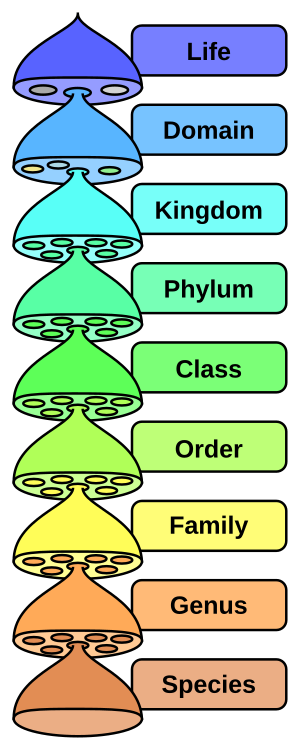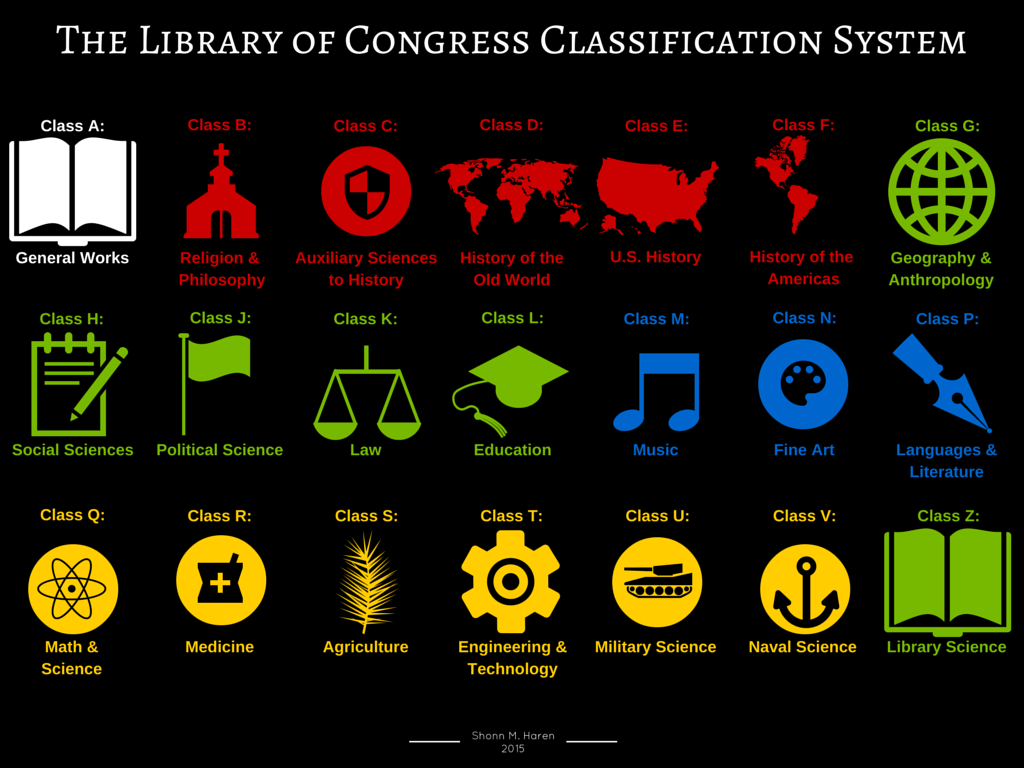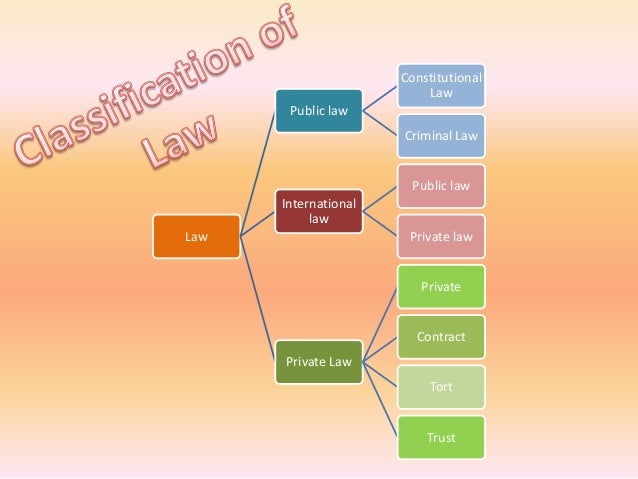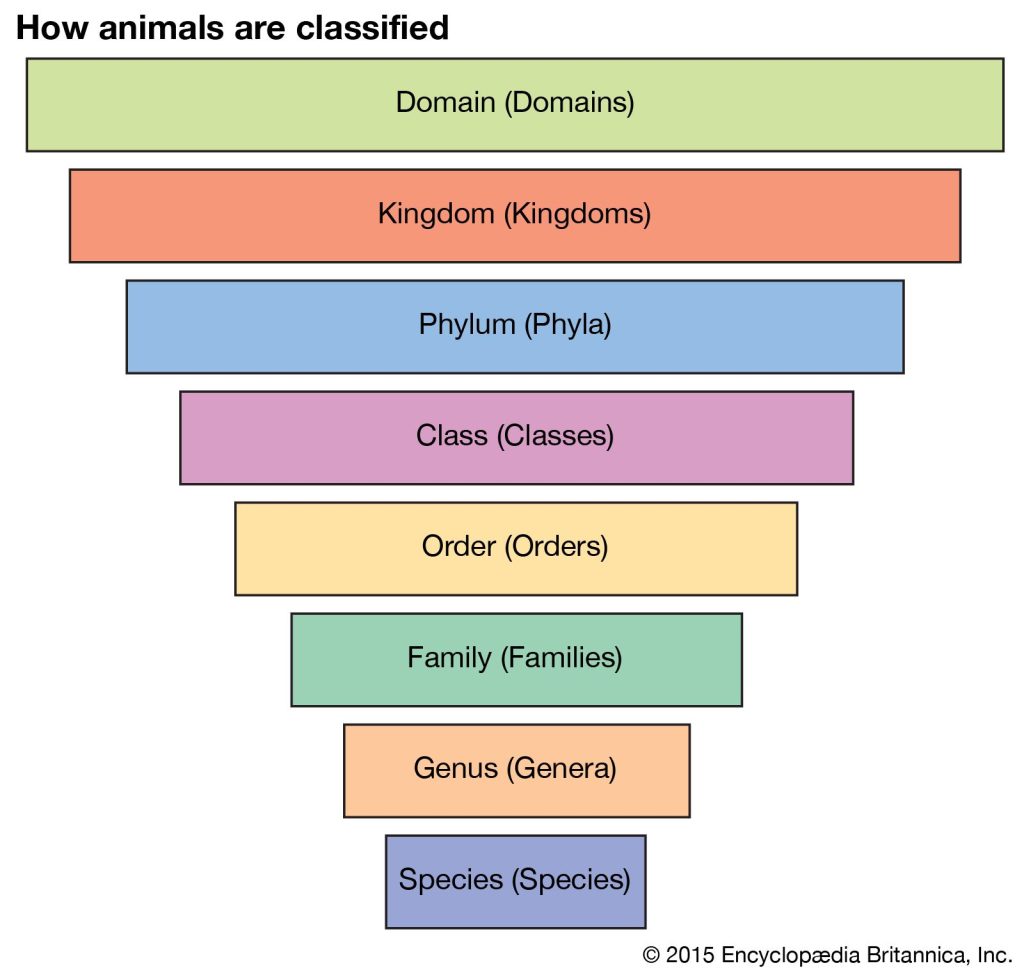In order to classify information, the information must concern at least one of the fundamental aspects that define its categorization. This principle is crucial in various fields such as biology, computer science, and even legal frameworks. Understanding what it must concern helps in creating effective taxonomies and classifications that are both accurate and useful.
The Importance of Classification
Classification is a critical process that allows us to organize and understand complex information. Whether it’s categorizing species in biology or organizing data in a digital system, the ability to classify effectively is essential. In order to classify information, the information must concern at least one of the key elements that define its category. These elements can include characteristics, relationships, or functions that are inherent to the subject being classified.
Key Elements in Classification
When considering what it must concern, several key elements come into play:
- Characteristics: These are the traits or features that distinguish one item from another. For example, in biological classification, characteristics such as habitat, diet, and physical attributes are crucial.
- Relationships: Understanding how different items relate to each other is vital. This includes hierarchical relationships, where one item is a subset of another.
- Functions: The role or purpose of an item within a larger system can also be a key element in its classification. For instance, in software engineering, understanding the function of different components helps in creating effective taxonomies.
By focusing on these elements, we can ensure that our classifications are meaningful and applicable across various domains.
The Role of Taxonomy in Classification
Taxonomy is the practice of classifying organisms or concepts into a structured hierarchy. In order to classify information, the information must concern at least one of the principles that underlie this classification. This can include the development of a taxonomy, which is a systematic way of organizing information based on shared characteristics.
Development of Taxonomies
The development of a taxonomy involves several steps:
- Identifying the Scope: Determine the range of items that need to be classified. This could be a specific set of organisms, documents, or data points.
- Establishing Criteria: Define the criteria for classification. This might involve identifying common traits, relationships, or functions among the items.
- Creating Hierarchies: Organize the items into a hierarchy based on the established criteria. This can help in visualizing the relationships between different categories.
By following these steps, we can create effective taxonomies that facilitate the classification of information.
Applications of Taxonomy
Taxonomy has a wide range of applications across different fields. In biology, it helps in understanding the relationships between different species. In computer science, it aids in organizing data and improving search functionalities. In legal contexts, it assists in categorizing laws and regulations.
Examples of Taxonomy in Practice
- Biological Taxonomy: The Linnaean system, developed by Carl Linnaeus, is a classic example of a taxonomy used to classify living organisms.
- Library Classification: Systems like the Dewey Decimal Classification and the Library of Congress Classification help in organizing books and other resources in libraries.
- Software Engineering: Taxonomies are used to categorize software components, making it easier to manage and understand complex systems.
These examples illustrate the importance of taxonomy in various domains and highlight the need for clear and effective classification.
Challenges in Classification
Despite the benefits of classification, there are several challenges that must be addressed. One of the main challenges is ensuring that the classification is accurate and reflects the true nature of the items being classified. Additionally, maintaining consistency across different classifications can be difficult, especially when dealing with large and diverse sets of data.
Overcoming Challenges
To overcome these challenges, it is essential to:
- Use Clear Criteria: Establish clear and consistent criteria for classification to ensure accuracy.
- Regular Updates: Regularly review and update classifications to reflect new information and changing contexts.
- Collaboration: Encourage collaboration among experts to ensure that classifications are comprehensive and relevant.
By addressing these challenges, we can improve the effectiveness of our classifications and ensure that they meet the needs of different users.
Conclusion
In order to classify information, the information must concern at least one of the key elements that define its category. This principle is essential in creating effective taxonomies and classifications that are both accurate and useful. By understanding the importance of classification, the role of taxonomy, and the challenges involved, we can develop better systems for organizing and understanding complex information.















More Stories
How to Claim Your Joy in League of Legends: A Step-by-Step Guide
What is WSET? A Comprehensive Guide to Wine Education
Why Are People Cancelling Spotify? Key Reasons Behind the Trend